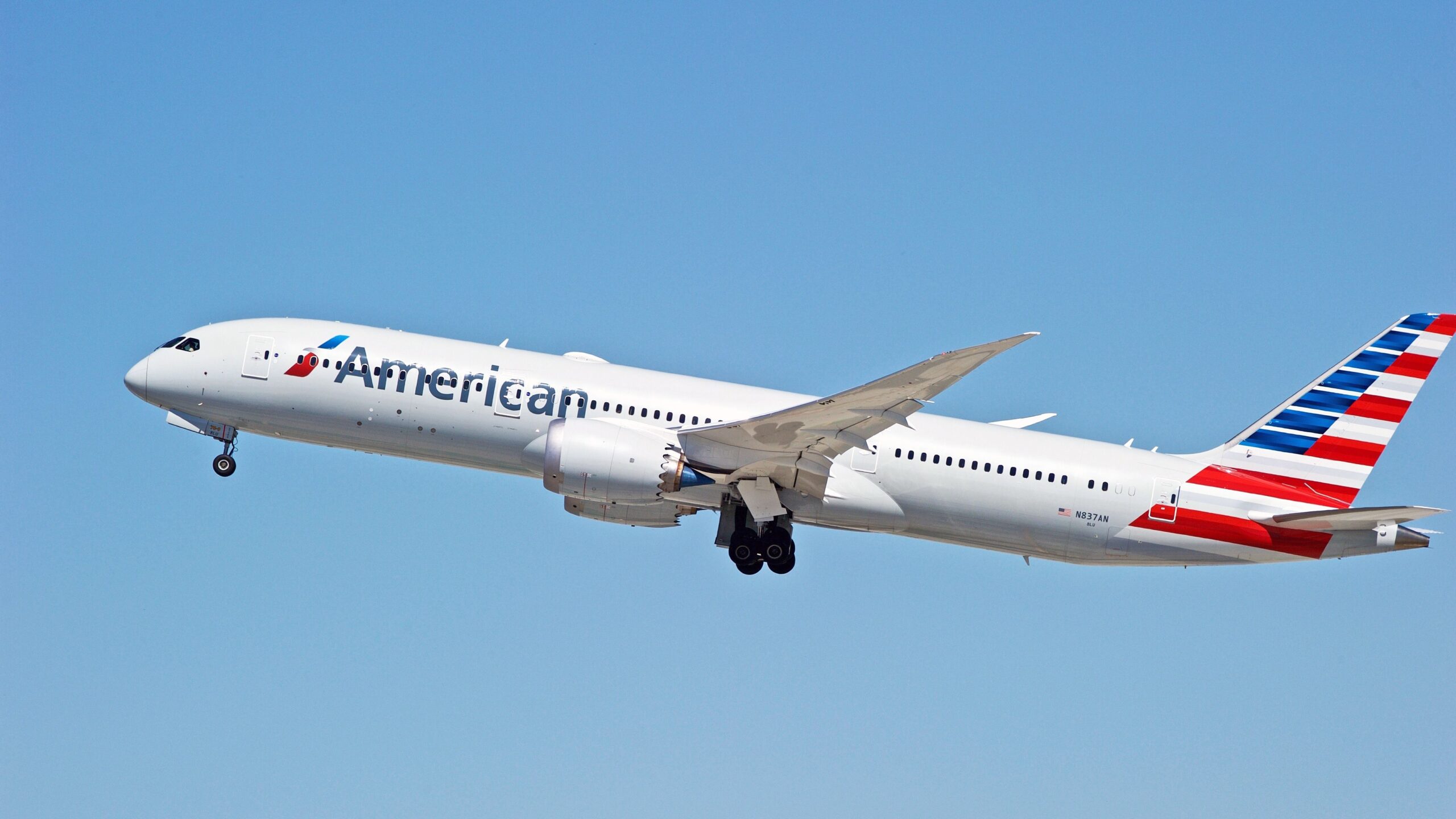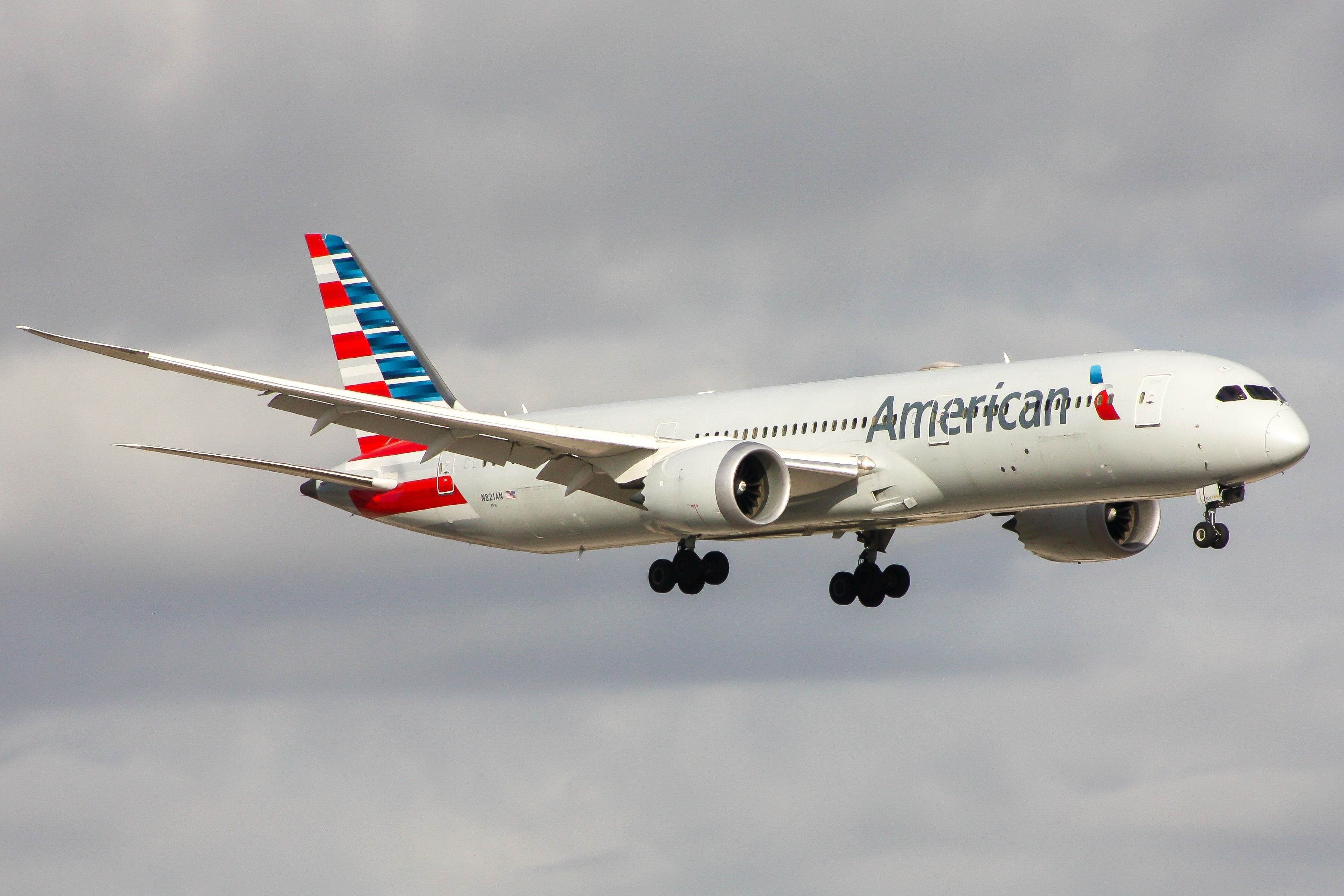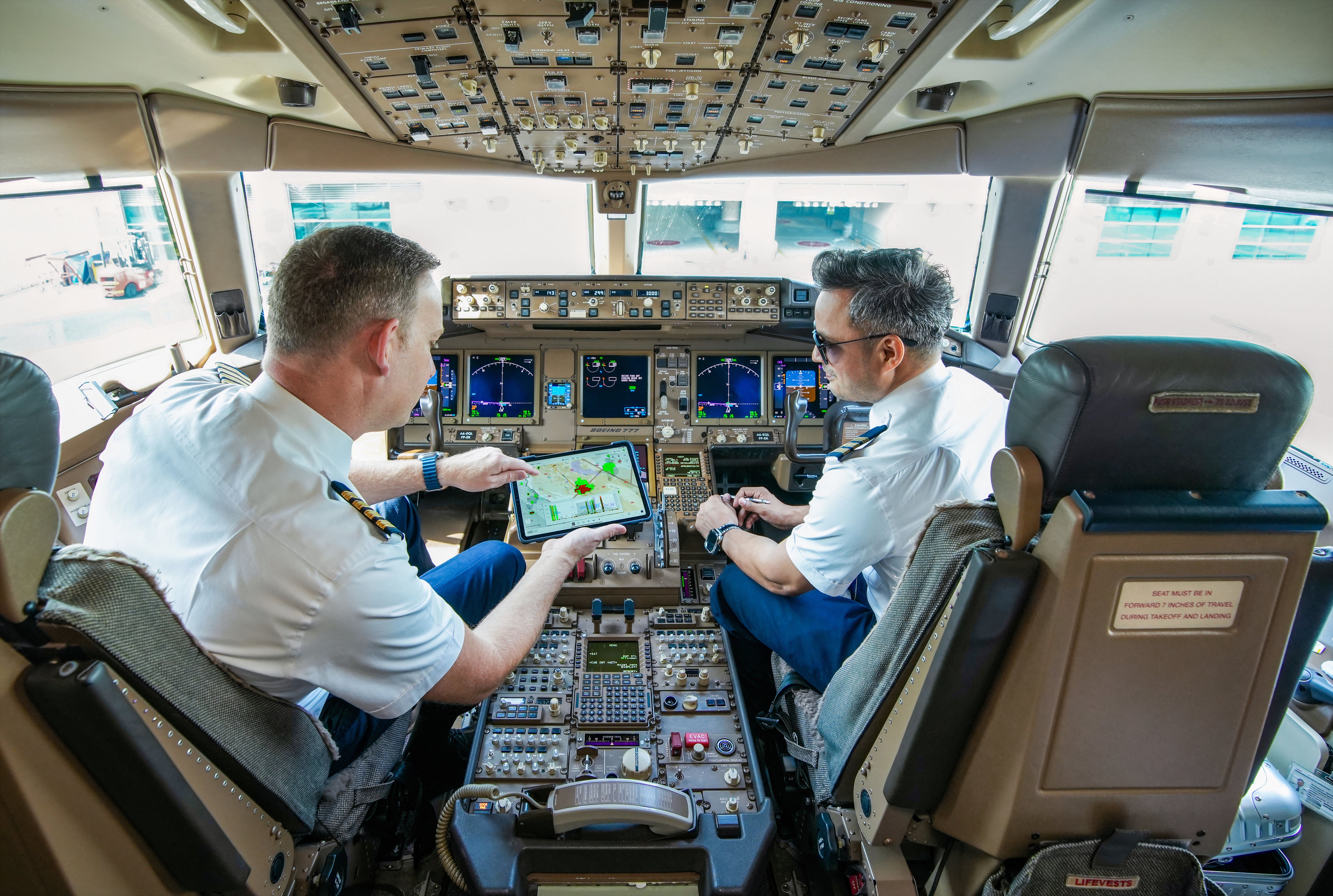An American Airlines Boeing 787 Dreamliner was struck by moderate to severe turbulence on November 15, 2024. As a result of this, two members of the cabin crew were reportedly injured. The severity of the injuries is currently unknown. Simple Flying has asked American Airlines for a comment.
Flight details
The ![]() American Airlines
American Airlines
Boeing 787-9 Dreamliner aircraft experienced moderate to severe turbulence on flight AA168 between Tokyo Haneda International Airport (HND), Japan, and New York John F. Kennedy International Airport (JFK).
Photo: Austin Deppe | Shutterstock
According to a report by The Aviation Herald, the widebody encountered turbulence near Tokyo during the early phase of its flight. During this time, two cabin crew members sustained injuries. However, despite the incident, the flight crew continued to the scheduled destination.
It is worth noting that the flight was nearly fully booked, carrying 279 passengers and 14 crew (four pilots and 10 cabin crew members). According to ch-aviation data, the airline’s 7-year-old Boeing 787-9 Dreamliner, registered as N833AA, can accommodate a total of 285 passengers in a four-class cabin layout: 30 in business class, 21 in premium economy, 36 in economy plus, and 198 in economy class.
Increasing incident numbers
The number of turbulence incidents has been steadily increasing, with reports and video footage highlighting injuries to passengers and crew members. This year, both the public and the aviation industry have witnessed an unprecedented number of some of the most severe turbulence events.
One of the most serious incidents occurred in May 2024 on a Singapore Airlines flight from London to Singapore, where one person died, and 104 passengers were injured.
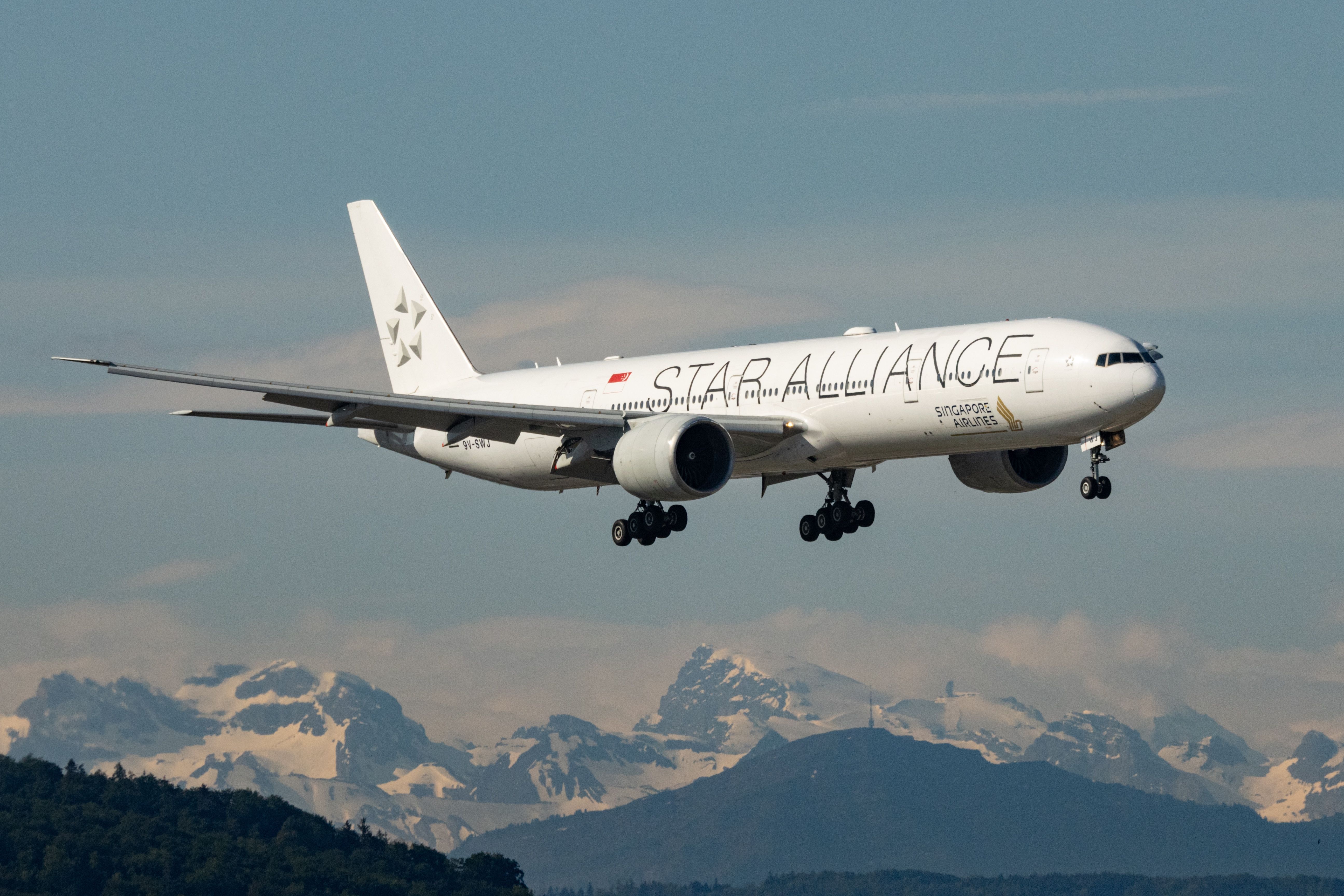
Related
Singapore Airlines Trying To Settle Turbulence-Injured Passengers’ Claims
It has been just over four months since the Singapore Airlines incident left several passengers injured.
Another rough incident was encountered in July 2024 on an Air Europa flight between Madrid and Uruguay, when the Boeing 787 Dreamliner entered a turbulent zone. As a result of severe turbulence, 30 people were injured.
Why is turbulence becoming a problem?
Turbulence is generally not a significant issue in aviation because it is usually highly predictable — except when it comes to clear-air turbulence. Clear-air turbulence is the movement of air masses in the absence of any visual clues, such as clouds, and is caused when bodies of air move at widely different speeds.
Photo: Emirates
Between 1979 and 2020, however, cases of clear-air turbulence over the United States and the North Atlantic Ocean have increased by 55%, according to a report by The World Economic Forum. Experts predict that by 2050, the frequency of severe clear-air turbulence experienced by pilots could double.
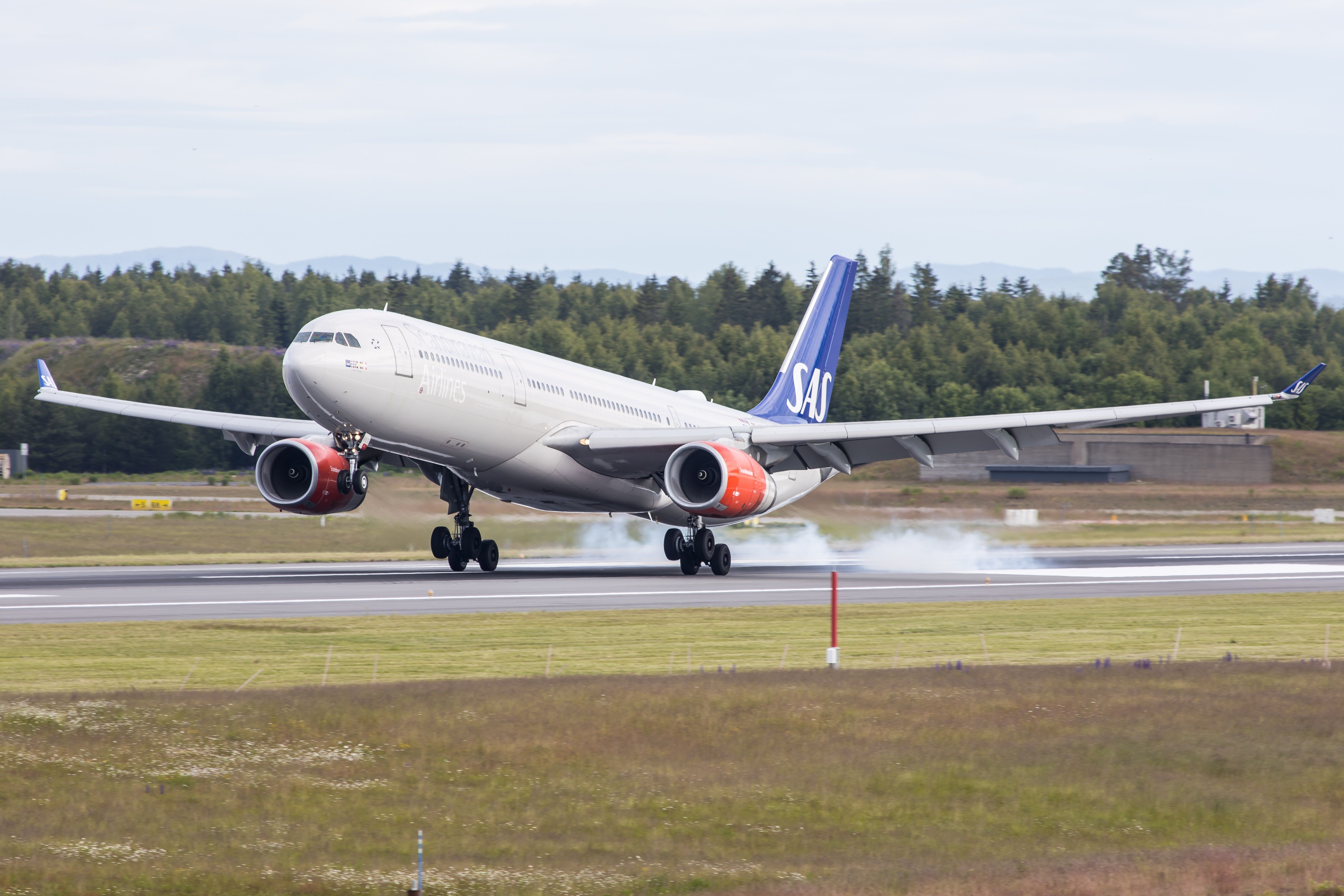
Related
Severe Turbulence Forces SAS Flight From Stockholm To Miami To Make U-Turn After Crossing Atlantic
The flight had crossed Greenland when it turned back.
The increasing events of severe clear-air turbulence are closely related to how climate change affects weather patterns. Scientists say that warming temperatures strengthen wind shear in the jet streams.
To reduce turbulence incidents, experts recommend improving turbulence forecasting while also working to lower emissions produced by the aviation industry. One such example could include “using computer simulations of Earth’s atmosphere to gain a deeper understanding of air turbulence and how it is affected by climate change.”

